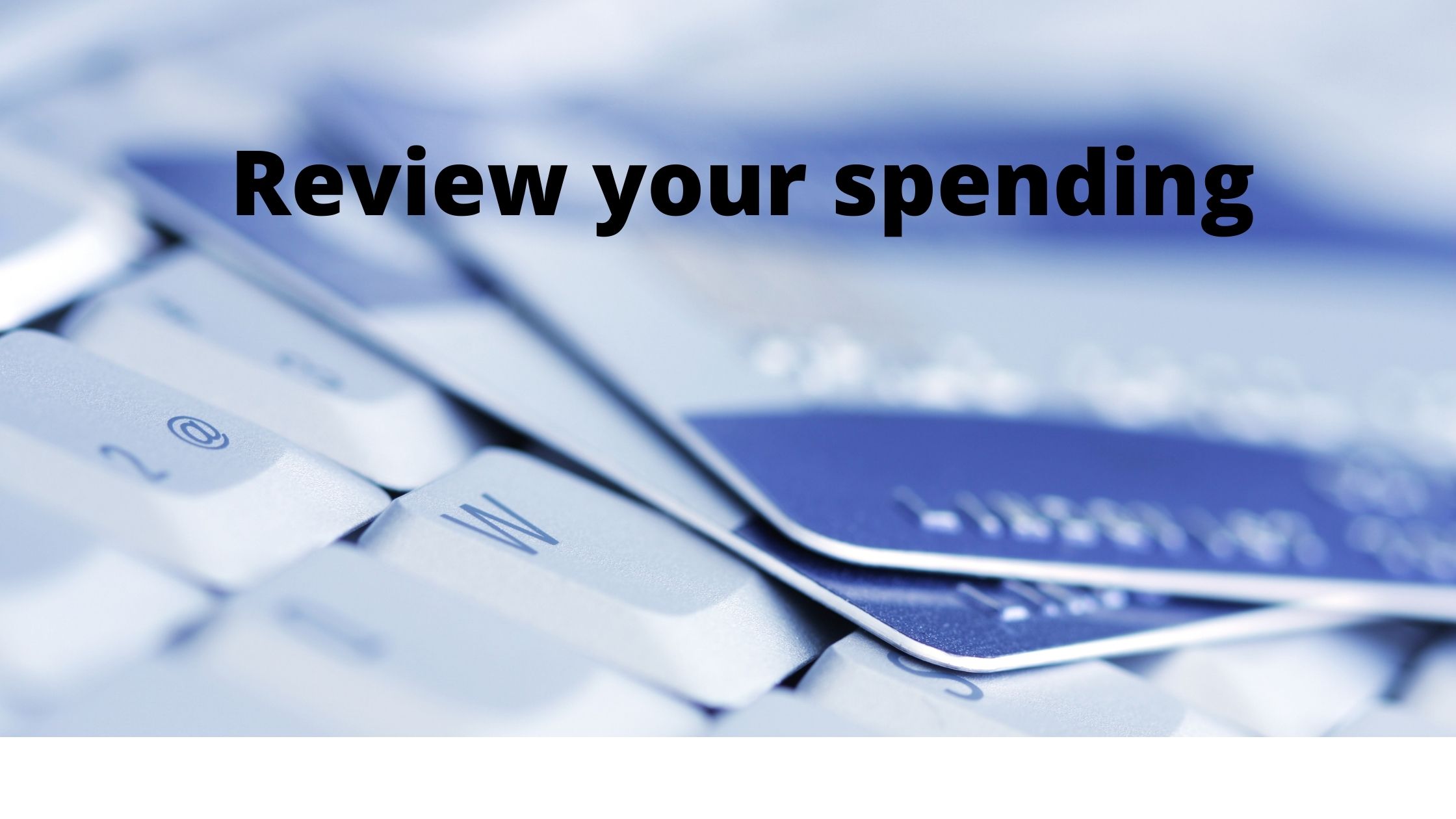Overspending has become a common problem in today’s society, and one that many people struggle to overcome. While there are many different ways to reduce debt, one of the most effective methods is to cut back on spending. Here are five easy steps you can take to start reducing your credit card debt.
Understand your credit score
One of the easiest ways to reduce credit card debt is to understand your credit score. Your credit score is a number that shows how risky it is for lenders to lend money to you. A higher score means that lenders are more likely to give you a loan, and a lower score means that you are more likely to get a loan at a higher interest rate.
There are several things you can do to improve your credit score. You can pay your bills on time, keep a good credit history, and avoid using too much credit. By taking these easy steps, you can help improve your credit score and reduce your debt burden.
Review your spending
One of the easiest ways to reduce credit card debt is to review your spending habits. This can be done by looking at your monthly statements and tallying up how much money you are spending on each category of expense.
Once you have a rough idea of where your money is going, you can start to make changes. For example, you might decide to cut back on eating out or purchasing items that you don’t need. You can also try to add more savings accounts and use less credit card debt. By taking these simple steps, you can start to reduce your overall debt burden.
Created a budget
One of the easiest ways to reduce credit card debt is to create a budget. By understanding how much you’re spending and where your money is going, you can learn how to save money and pay off your debt more quickly.
To create a budget, start by creating a table that shows your income and expenses. You’ll need to include all sources of income, such as salary, bonuses, and rent payments. You also need to include all expenses, such as groceries, transportation, and utilities.
Once you have your table, you’ll need to look at each row and column. In the row that represents your income, identify which categories contain the most money. Then, identify which categories contain the least amount of money. Based on this information, you can then create budgets for each category.
For example, if you earn $2,000 per month and spend $1,500 per month on groceries, transportation, and utilities, you would create a budget for these three categories by dividing $2,000 by 3 (which equals $750). This means that you would set aside $250 per month to spend on groceries, $100 per month on transportation costs, and $50 per month on utilities costs.
Cut expenses
1. Cut expenses to reduce your credit card debt.
Some easy ways to reduce your credit card debt include cutting back on your spending habits. This means finding ways to save money on groceries, clothing, and transportation. By reducing your overall expenses, you can potentially cut down on your monthly bills and have more money left over to pay off your credit card debt.
2. Consolidate your debt
If you have multiple credit cards with high interest rates, it may be a better idea to consolidate all of your debts into one low-interest loan. This will help to lower your monthly payments and reduce the overall amount of interest that you are paying on your debt.
3. Get a loan for a longer term
If you cannot afford to pay off your credit card debt in a short period of time, it may be worth considering taking out a loan for a longer term. Loans with longer terms tend to have lower interest rates than shorter-term loans, which can make them more affordable in the long run.
Pay off high-interest debt first
There are several easy steps that you can take to reduce your credit card debt. First, pay off high-interest debt. This will save you the most money in the long run.
Second, use your cards only for essential expenses. If you can avoid using your cards for things like luxury vacations or frivolous purchases, you will save money on interest payments and overall spending.
Finally, be sure to keep your balance low. A high balance can lead to higher interest rates and more fees. Try to pay off your balance each month, so that you minimize interest costs and spend less overall.
